7 Toxic Cosmetics You Need To Replace
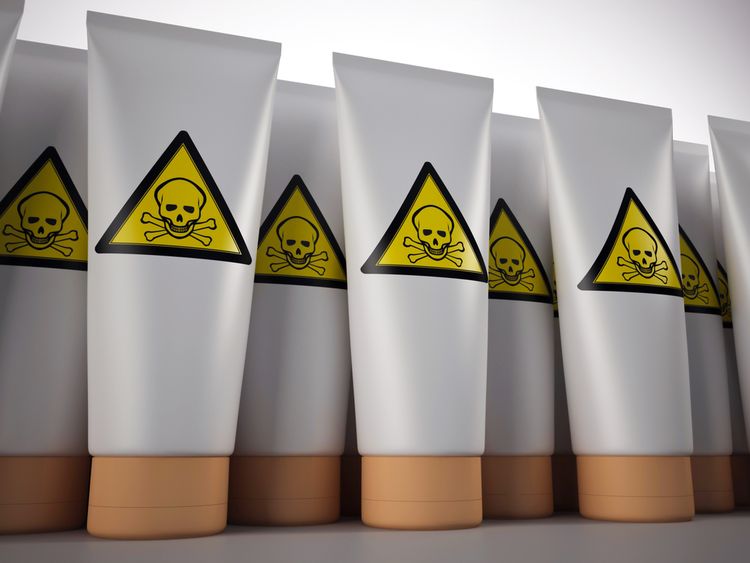
Unlike the ingredients in food, those in cosmetics don’t have to pass any specific safety guidelines in order to be sold. The EPA (Environmental Protection Agency) has to prove that a chemical is hazardous to human health before it regulates it, which can often take decades. Because makeup comes in such a small package, even some of the regulated toxic chemicals are still permitted for use in cosmetic products.
Labeling laws don’t require companies to disclose the details of some ingredients, such as fragrance, which can include any number of toxic additives. Despite numerous studies indicating many possible risks, regulations and corporations can’t be trusted to do your health justice. When it comes to what you put on your face and body, you’ve got to be your own advocate.
Take a minute and really think about what makes you feel beautiful and confident. Chances are, if you really dig deep, it isn’t the same message that TV and magazines are giving you. Companies aim to sell you products, and they play on your emotions to do it.
Beauty is a deeply rooted, personal understanding of how you present yourself and relate with the world. Don’t let cosmetic companies define it for you. Ask yourself why you use the products that you do. Maybe you’ll realize you’d be happier and healthier if you eliminated them altogether.
I’m not here to tell you to just dump your entire makeup bag in exchange for au naturel (though that’s certainly a liberating approach). People have been adorning themselves with cosmetics of some variety for thousands of years, and you shouldn’t feel guilty about wanting to wear makeup either. But as you go through this list, just keep in mind that cosmetics should work to enhance your features rather than hide them.
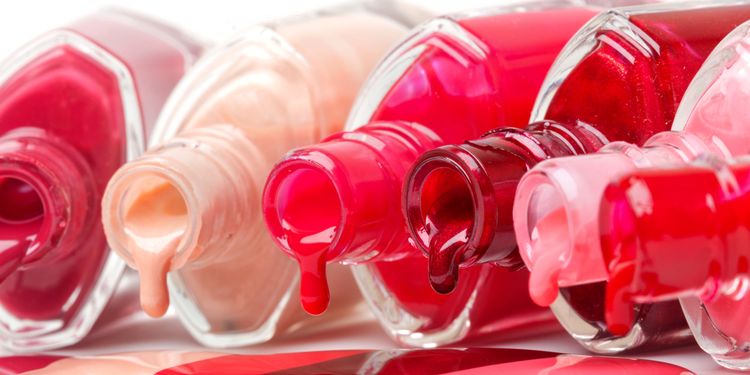
1. Nail Polish
Take a whiff of your average nail polish and it’s easy to tell that it contains some pretty harsh stuff. Dibutyl phthalate, formaldehyde, and toluene are a toxic trio found in most commercial nail polish products. Together, these three ingredients make up a carcinogenic, liver-damaging, hormone-disrupting chemical cocktail.5,6,7 In addition, taking nail polish off requires volatile compounds like acetone that can easily irritate eyes and airways.8
Alternative Options:
If you can, try to save nail polish for special occasions. Be especially cautious of use during breastfeeding and pregnancy. Use coconut oil to condition your nails and nail beds for a natural glow. Certain vitamins and supplements such as biotin or collagen can help aid growth for strong, healthy-looking nails.
If you can’t get by without the manicure, try a few less toxic options, such as those offered by Acquarella, Scotch Naturals, Honeybee Gardens, or Suncoat. Some of these can be removed by peeling or with rubbing alcohol, which avoids toxic removers.
There are some less toxic mineral-based nail polish alternatives available at health food stores now as well, but these require the use of nail polish removers.
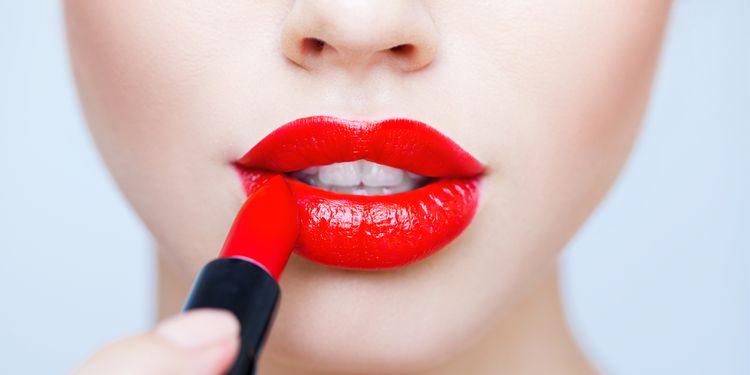
2. Lipstick
While there are no conclusive studies to confirm exactly how much lipstick the average wearer consumes, you might want to consider tossing anything with an ingredient you wouldn’t be comfortable ingesting.
Do lead and barium sound tasty? Didn’t think so. These toxic metals found in lipsticks are bioaccumulative (don’t break down in the body), which can overload your detox system and damage your organs over time.1,2
Want to give your guy some extra estrogen with that kiss? Most commercial lip products contain parabens, used as a preservative, that mimic estrogen and have been linked to reproductive problems, as well as breast cancer.3
Alternative Options:
Making your own can be fun and cost-effective! You can pretty much use any edible powder to create color. Experiment with powdered rose, beetroot, cocoa, turmeric, or cinnamon to create one that fits your style. Combine a few for an additional range.
Once you have an idea of color, create a base that fits the texture you’re looking for. For a lipstick base more on the solid side, double boil equal parts beeswax, shea butter, and coconut oil. Combine color and let solidify.
For a glossy lip color, you can simply mix color into coconut oil. For a matte finish, try adding bentonite clay. Something a little more shimmery? Try mica powder. A lip stain can be another great alternative. Try fresh-pressed juice of either beetroot or a combination of dark berries. Add to olive oil for a base.
Remember that homemade recipes, especially with fresh ingredients, won’t last in your makeup bag like store-bought items. Adding a couple drops of grapefruit seed extract and storing in the fridge can help them last a little longer.
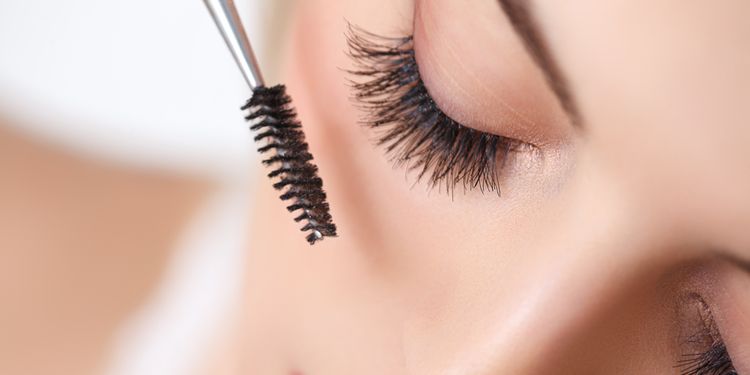
3. Mascara
The eyes may be a portal to the soul, but they’re also a gateway to our internal biochemical system. Sexy, right? Anyhow, you may want to rethink the products that have access to such a permeable membrane. Mercury is an ingredient you might be surprised to find in your mascara.
This element is well known for its extremely toxic effects on the nervous system. While there have been moves to remove mercury from items like light bulbs and batteries, it’s still allowed for use in makeup. Aluminum is another common ingredient that, on top of being toxic itself, can also inhibit your body’s ability to detoxify mercury.4
Alternative Options:
Go naked! So many women use mascara simply because marketing tells them to. If you have great lashes (which you probably do), try letting them breathe once in a while. Brush on a bit of coconut oil for a more polished look.
Make your own! Using cocoa powder, black mineral powder, or charcoal for color, combine with equal parts aloe and Physicians Formula Organic Wear, Ava Anderson Mascara, Honeybee Gardens, and Ecco Bella FlowerColor natural mascara.
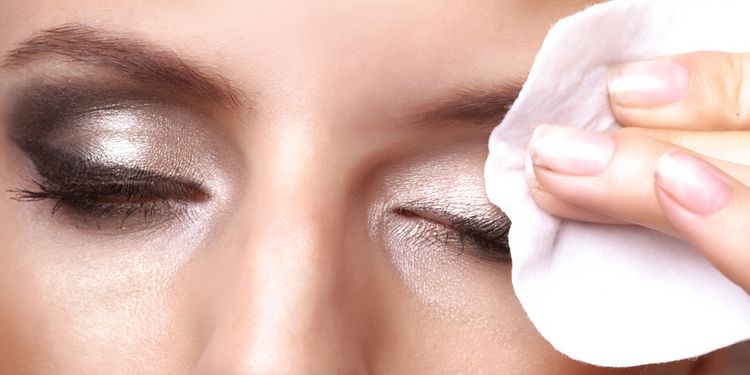
4. Makeup Remover
Mineral oils are the most common ingredients found in your average makeup remover. Another byproduct of petroleum, these fat-soluble hydrocarbons easily enter our system and slowly accumulate. They can be found anywhere, from our liver to a mother’s breast milk.9
When readily available alternatives are safe, effective, cheap, and nourishing, there’s no excuse to continue using commercial makeup remover.
Alternative Options:
Any plant oil will effectively remove makeup (especially natural, non-toxic makeup!). Avocado oil, almond oil, and coconut oil can cleanse and provide skin with beneficial vitamins and minerals. Experiment with a few to find what you like best.
Apply oil where needed and remove with warm water and a washcloth. If you’re prone to oily skin, follow with diluted witch hazel or apple cider vinegar as a toner. Rose or cucumber hydrosol can also be great toners. They’re gentle enough to remove any oil residue left around the eye area.
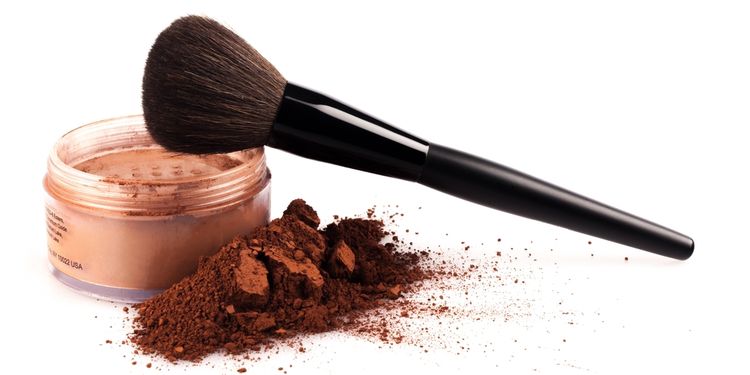
5. Powders
Makeup that comes in powder form, such as eye shadow, foundation, blush, and bronzer can pack a lot of toxic punch. Known to contain seriously biohazardous heavy metals like cadmium, arsenic, and lead, these substances are acutely toxic in large doses and can have effects with long-term, chronic exposure.10
Because they’re in powder form, these products have access to your respiratory system in addition to being absorbed through your skin.
Alternative Options:
Making your own powdered makeup is pretty simple. Using arrowroot starch for a base, you can create blush or bronzer. Add equal part hibiscus powder for blush or cocoa powder for a more bronze color. Add bentonite clay to the arrowroot to make foundation.
In addition to other plant powders, experiment with different shades of mica powder to fit your complexion. Eye shadows can be made in a similar fashion, but you may have to stick to more neutral tones. Chlorella powder is one thing that can be used to create a green tint. Brands that offer some less toxic options are Aubrey Organics and Jane Iredale.
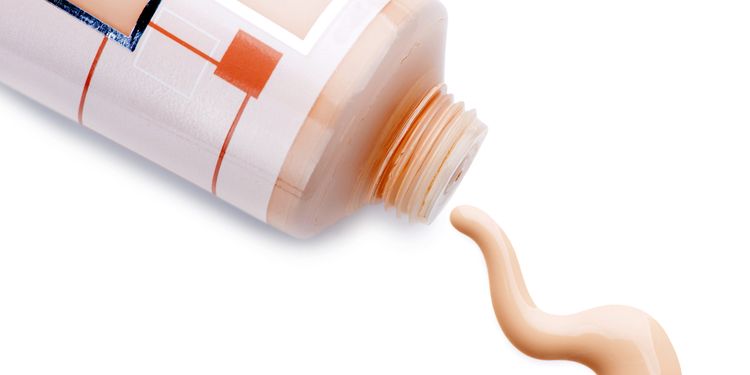
6. Liquid Foundation and Concealer
If your goal is to present smooth and even skin tones, it’s time to rethink your approach. Liquid cover-ups can contain everything from talc to propylene glycol and a range of questionable and problematic petrochemicals. At the very least, these products are most likely exacerbating the skin problems you’re trying to smooth over.
Alternative Options:
Get some sun! Hiding from the sun may be doing more harm than good. Certain chemicals that are used as SPF, many of which are found in liquid foundations, actually generate free radicals and mutate DNA.15 Toss the SPF and don’t be afraid to catch a mild to moderate amount of rays. Sunlight can help even skin tones and kill unwanted bacteria. It also provides vitamin D, an essential nutrient for healthy skin.
When trying to even skin tone, avoid processed fats. Some studies suggest that what you eat, specifically what types of fats, may have an effect on sun-induced hyperpigmentation. Look for foods high in omega-3 fatty acids, carotenoids, and vitamin E, which are thought to help prevent the oxidation that causes skin discoloration.13,14
Making your own liquid foundation is also an option. Try mixing the recipe for homemade powder foundation with an all-natural face cream. Zinc oxide (make sure you get a non-nano version) can help achieve smoother coverage. To get a more concealer-like effect, simply add more zinc, colored powder, and clay.
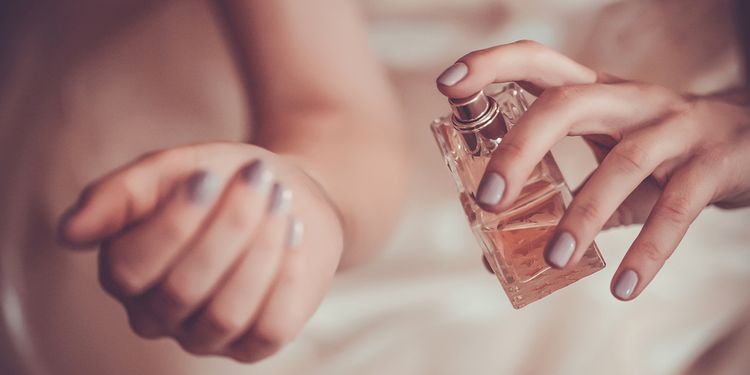
7. Perfume
Companies can hide hundreds of destructive chemicals in perfumes in an ingredient simply referred to as “fragrance.” The primary offensive ingredients in perfumes are chemicals classified as phthalates.
These chemicals mimic hormones like estrogen, and confuse our natural biochemistry. Our endocrine system is extremely sensitive, and symptoms of its disruption can be subtle. Connections between these types of chemicals and their adverse effects can sometimes take decades to manifest. Numerous studies have shown a link between phthalates and male feminization, early menopause, premature birth, breast cancer, and infertility.11,12
Alternative Options:
Natural perfumes are just as effective as synthetic ones, and they’re more fun. Essential oils from plants and flowers provide a diverse array of aromas. Oils from jasmine, rose, or lavender will provide a floral tone while pine, sandalwood, or rosemary can offer a more earthy scent. Find a few essential oils that you like and experiment with different combinations. Put a few drops in distilled water or hydrosol for a mist with a light scent.
For a perfume that has more staying power, use 20 drops of an essential oil as your base. Oils that serve as a good bases are vanilla, cedarwood, and ylang ylang. These oils are still fragrant but light enough to be combined well with other oils. Add 30 drops of a medium level floral scent, and top it off with 10-15 drops of a top note oil (something like citrus or bergamot that has a distinct scent). Put your combination of oils into 4 ounces of a high-quality alcohol (spiced rum works well) to preserve.
There are a ton of all-natural perfumes on the market. Make sure to check the ingredients for synthetic fragrance, and make sure they only include essential oils. Mountain Rose Herbs is a great source for pre-made herbal perfumes.

Summary
Your skin is the largest organ in your body, and it acts much more like a sponge than like a brick wall. What you put on it can very easily get into your bloodstream and find its way into a multitude of organ systems.
The skin on your face is the most sensitive of all. Your eyes, ears, nose, and mouth are a few areas that are extremely vulnerable to unwanted toxins. Makeup can interact with your biochemistry just as readily as what you eat or drink can. Would you even dare to give everything in your makeup bag a taste? If not, maybe you need to reevaluate. When it comes to cosmetic products, you should choose just as strictly as you would your food.
